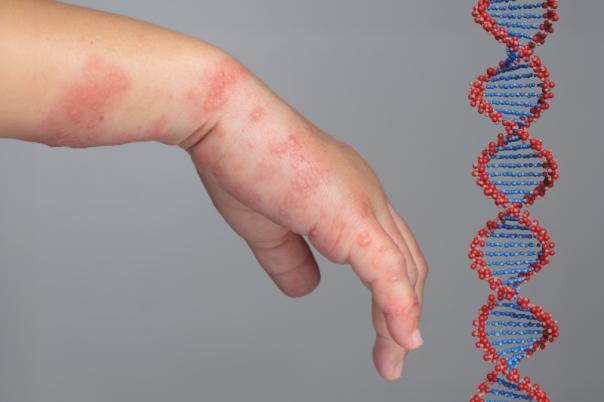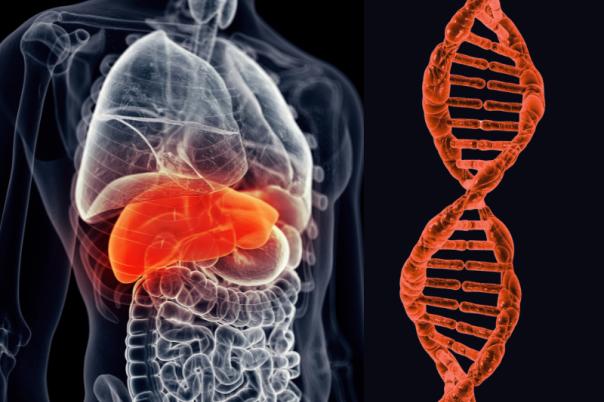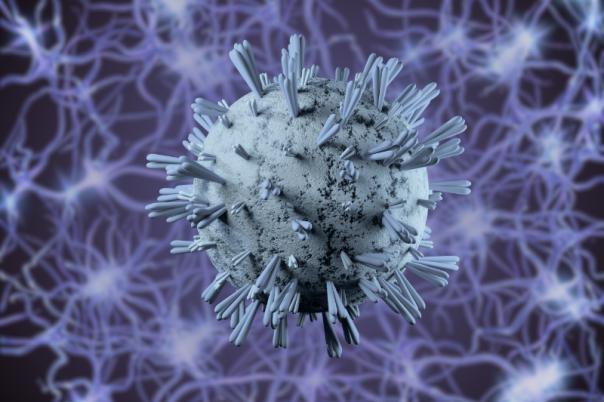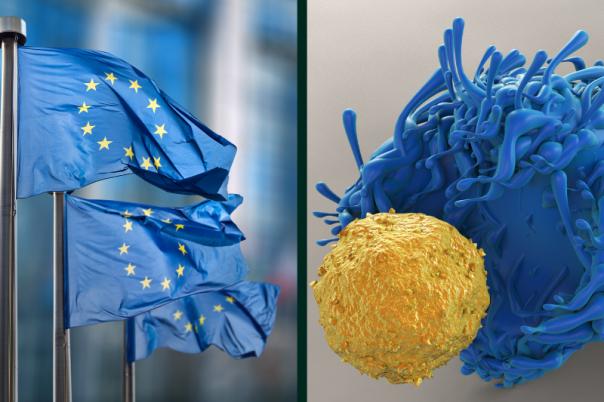AstraZeneca's global cell bank network consists of four strategic sites across the world that are dedicated to delivering the most relevant and impactful patient-centric cellular reagents that meet the highest quality compliance and best practices. Sarah Howlett, Associate Director at AstraZeneca discussed the importance of the global cell line standard. She explained that lack of compliance and adherence to these standards has led to profound costs. Furthermore, the cell line standard is a centralized source for the purchase and acquisition of cell lines within the company.
To conduct quality control on the cell banks, AstraZeneca uses a mix of in-house and outsourcing. Howlett stated that AstraZeneca always conducts three important steps, firstly they perform a post-freeze check, a mycoplasma test and then the cell line is authenticated.
The post-freeze check gives researchers initial insights into signs of contamination and the opportunity to investigate morphology ensuring that there are quality cell lines from the post-freeze. Next, the mycoplasma testing looks for further contamination including mycoplasma contamination, if the cell lines have not passed the mycoplasma testing, they will not be used within the company. According to scientific literature between 18% and 36% of human cell lines are reported to be misidentified or contaminated by other cell lines. To address this large-scale issue the global cell line standard was revised in 2022 so that STR profiling is used to authenticate cell lines.
Furthermore, sustainability is an important part of AstraZeneca’s mission and the global cell bank network has introduced measures to make practices more sustainable. Howlett said: “So one of our one of the things that we have started is we have eliminated the use of PBS washing when we use TryplE as a dissociation reagent.” Howlett and her team ran 43 different cell lines side by side using PBS and without using PBS, the results showed that this had no significant impact on the viability, yield, or detachment time.
There has also been a recent transition to serum-free cryo-preservation. This has eliminated the need for FBS and isopropanol use which has lowered demands for energy and led to improvements in cell quality. Howlett expressed that the transition to a singular data and sample management system, along with the introduction of a barcoding system, aims to improve visibility and traceability of cell samples across the global network.
To conclude, QC is essential to ensure sample authentication and use of cell lines within R&D. In the short term, AstraZeneca is looking to move to more patient-centric cell lines such as organoids and iPSCs and ensure that there is a complaint use of immortalized cell lines within R&D across the globe.




